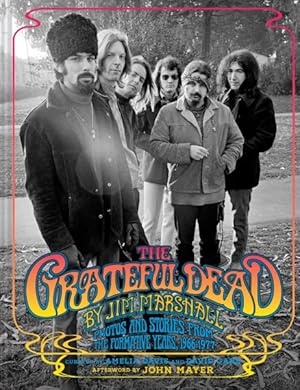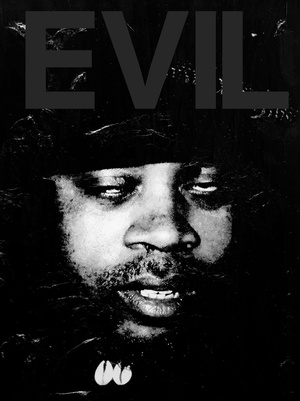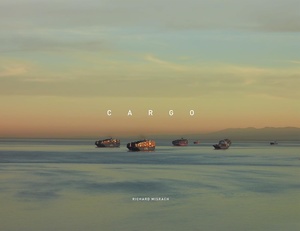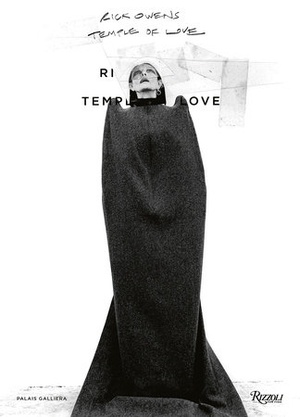


Arthur Jafa Book Signing and Discussion at Arcana 8/23

Todd Hido Book Signing and Discussion with Marina Luz Saturday 8/16!

Book of the Day: Happy Victims by Kyoichi Tsuzuki

Book of the Day: Lora Webb Nichols — "Heap-O-Livin’"
This here is our book of the day! From the publisher: "Heap-O-Livin’ features a selection of images by Wyoming photographer and diarist Lora Webb Nichols (1883-1962). Nichols created and collected approximately 24,000 negatives and 65 years of diaries throughout her lifetime in the town of Encampment. In addition to the industrial and economic aspects of this sparsely populated ranching and copper mining town, Lora’s images and diaries documented the lives of the girls and women within private households. Despite the inherent isolation created by geography, the long brutal winters, and the patriarchal ideology that undervalued the role of women in Encampment in the late 19th and early 20th century, a robust female-led community emerged that provided a network of spiritual and emotional support. This was cultivated through the habitual visitations of immediate and extended family and friends into each other’s homes during their transition from children to wives and mothers. In Nichols’ sphere, these visitations often involved the act of picture-making. Lora photographed their duties as mothers and homemakers but also made photographs that reveal the pleasure they experienced in simply being in each other’s company. Heap-O-Livin’ is following the sold-out book Encampment, Wyoming."

UPCOMING EVENTS!
TODD HIDO: INTIMATE DISTANCE
BOOK SIGNING + DISCUSSION WITH MARINA LUZ
SATURDAY, AUGUST 23rd, 4:00 - 6:00 PM
ARTHUR JAFA: LIVE EVIL
BOOK SIGNING + DISCUSSION
SATURDAY, SEPTEMBER 13th, 2:00 - 5:00 PM
SUSAN MEISELAS: NICARAGUA
BOOK SIGNING + DISCUSSION
**AT THE AERO THEATER IN SANTA MONICA**
IN CONJUNCTION WITH PAC-LA
SATURDAY, SEPTEMBER 20th, 4:00 - 6:00 PM
DAVID ALEKHUOGIE: A REPRISE
BOOK SIGNING + DISCUSSION WITH AWOL ERIZKU
SATURDAY, SEPTEMBER 27th, 4:00 - 6:00 PM
LAURI GAFFIN: MOVING STILL
BOOK SIGNING

Book of the Day: BRICK STOWELL'S ALM*ST FAMOU$ - PLANES, TRAINS & AUTOMOBILES

Book of the Day: Swamp Dogg's "If You Can Kill It I Can Cook It"

Book Signing 7/26/25: RICHARD MISRACH: CARGO!
Please join us on Saturday, 7/26 (4:00-6:00 PM) for a book signing with Richard Misrach for his new Aperture book: CARGO!
If you can't join us, you can order a signed copy for shipping or pickup here.
